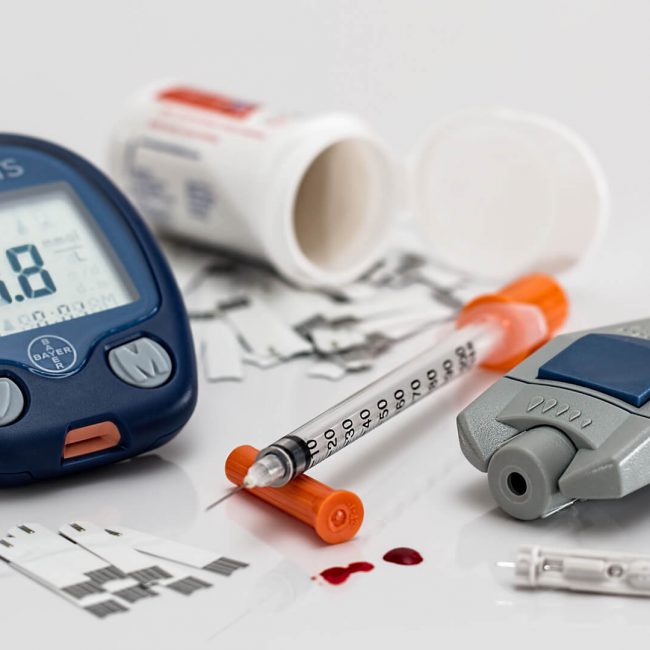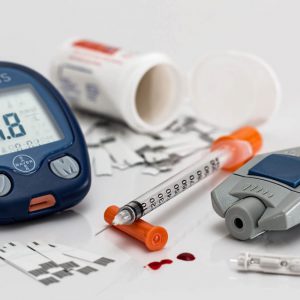A blood smear is a blood test used to look for abnormalities in blood cells. The three main blood cells that the test focuses on are: red cells, which carry oxygen throughout your body. white cells, which help your body fight infections and other inflammatory diseases. platelets, which are important for blood clotting.
To evaluate your red blood cells (RBCs), white blood cells (WBCs), and platelets, to distinguish between the different types of WBCs, and to determine their relative percentages in the blood; to help detect, diagnose, and/or monitor a range of deficiencies, diseases, and disorders involving blood cell production, function, and lifespan.
A normal peripheral blood smear indicates the appropriate appearance of red blood cells, with a zone of central pallor occupying about 1/3 of the size of the RBC.



